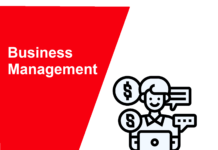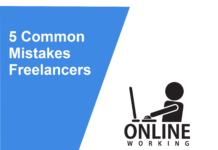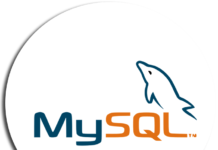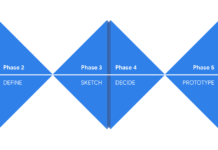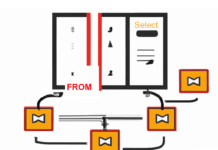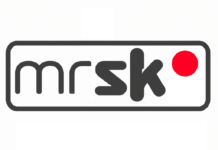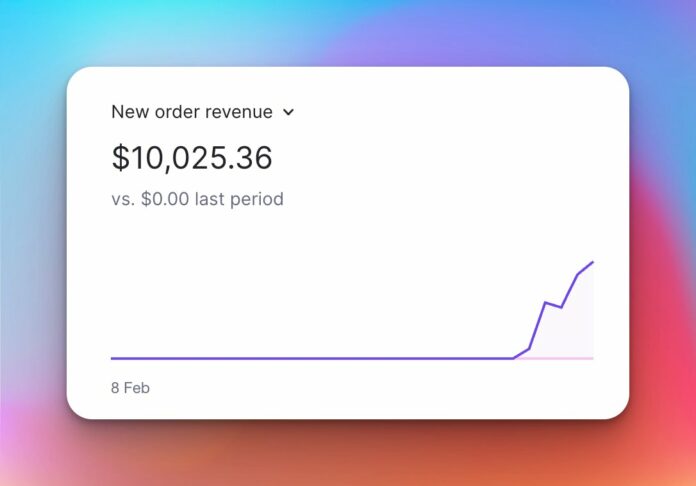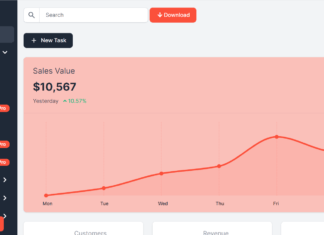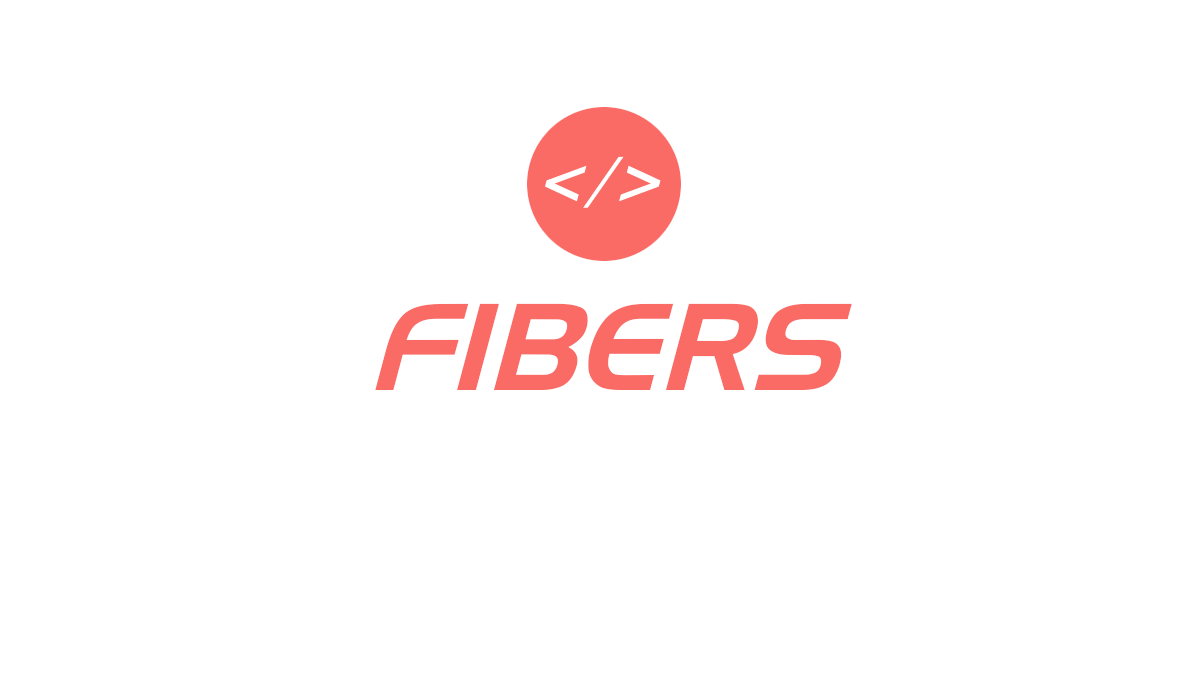In a recent tweet, Tony Dinh shared his success story with TypingMind, a weekend side project that has now generated $10K revenue in just four days. This is Dinh’s third attempt at building an AI-related product, with his previous two failing to take off.
TypingMind is a chat app that offers a better UI and faster response time than ChatGPT, as well as chat history search, a prompt library, and the ability to run locally on a browser without requiring a login. The app is free to use with basic features, but users must have a working OpenAI API key to unlock premium features.
The success of TypingMind is a testament to the potential of side projects and the power of AI-related products. It also highlights the importance of persistence and learning from past failures. Keywords for this article include TypingMind, AI, chat app, OpenAI API, and side project.
How to run a successful business like TypingMind ?
Making a successful business like TypingMind requires a combination of factors such as having a good idea, creating a minimum viable product, conducting user testing, launching at the right time, and continuous improvement. Here are some steps you can take:
- Identify a problem or a need in the market: Look for a gap in the market that you can fill. Find a problem that people face and come up with a solution to address it.
- Develop a minimum viable product: Create a minimum viable product (MVP) that addresses the problem. Your MVP should be functional and provide value to users, but it does not need to have all the bells and whistles of a fully-featured product.
- Conduct user testing: Test your MVP with real users to get feedback on its functionality and usability. This will help you identify any issues and make improvements before launching.
- Launch at the right time: Timing is critical when launching a new product. Launch when there is sufficient demand for your product and when your product is stable enough to handle traffic and usage.
- Continuous improvement: Your product should continue to evolve and improve based on user feedback and data. Continuously gather feedback, analyze data, and make improvements to ensure that your product remains relevant and valuable.
In addition to these steps, it’s essential to have a solid business plan, a clear value proposition, and a sustainable revenue model. It’s also important to stay up to date on industry trends and to be flexible and adaptable in response to changes in the market.
A solid business plan can definitely help increase the chances of success, it’s not necessarily a requirement. Tony’s experience is a great example of how persistence and a willingness to learn from failures can ultimately lead to success. In fact, many successful entrepreneurs have experienced multiple failures before achieving success. The key is to not give up and to keep learning and adapting along the way.




